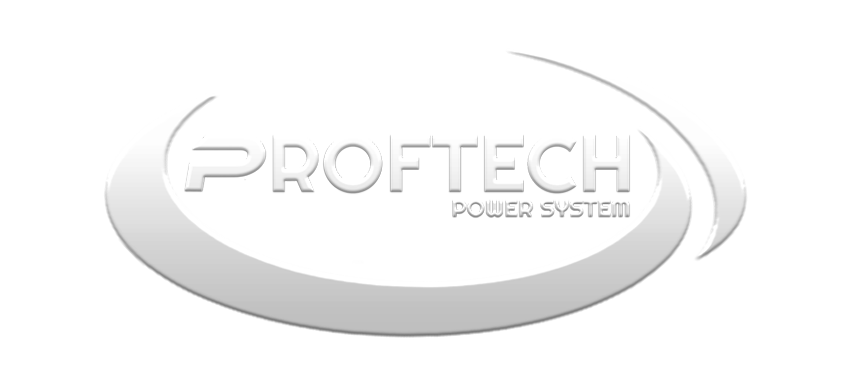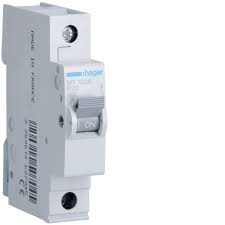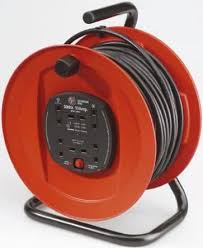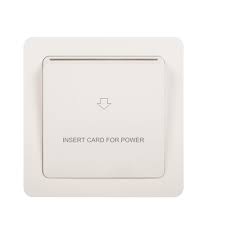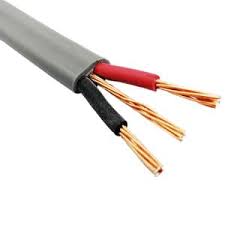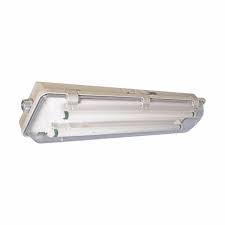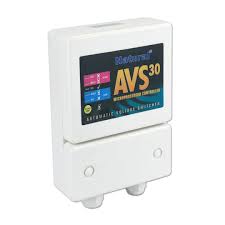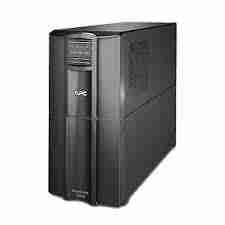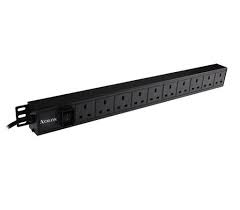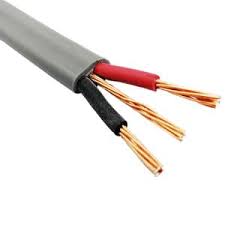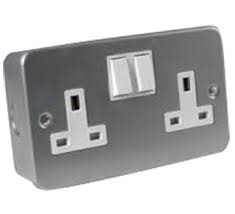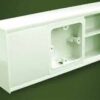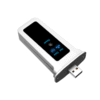MUST Inverter WiFi PLUG Connector For Inverter Monitoring
MUST Inverter WiFi PLUG Connector transforms traditional inverter systems into smart, remotely monitored power management platforms. This wireless connectivity module integrates seamlessly with MUST inverter models to provide real-time system monitoring, performance analytics, and remote control capabilities through dedicated smartphone applications.
Core Technical Specifications
Wireless Connectivity Features
- WiFi standard: IEEE 802.11 b/g/n (2.4GHz frequency band)
- Communication protocol: TCP/IP with secure data encryption
- Operating range: up to 50 meters in open areas
- Signal strength requirements: minimum -70dBm for stable connection
- Data transmission rate: real-time updates every 5-10 seconds
- Network security: WPA2/WPA3 encryption support
Physical Design and Installation
- Connector type: proprietary plug interface for MUST inverters
- Device dimensions: 85mm (L) x 55mm (W) x 20mm (H)
- Operating temperature: -10°C to +60°C ambient conditions
- Storage temperature: -40°C to +85°C for long-term storage
- Humidity tolerance: 5% to 95% relative humidity non-condensing
- Protection rating: IP20 for indoor installation environments
Smart Monitoring and Control Capabilities
The integrated monitoring system provides comprehensive inverter performance data through intuitive mobile applications and web-based dashboards. Users gain unprecedented visibility into their power system operation and can identify issues before they impact performance.
Real-Time Monitoring Features:
- AC and DC voltage measurements with trend analysis
- Power output tracking and efficiency calculations
- Battery state of charge and health monitoring
- System fault detection and diagnostic reporting
- Historical data logging with customizable time periods
- Energy production and consumption analytics
Remote Access and Mobile Application Interface
Smartphone App Functionality
The dedicated mobile application transforms smartphones into powerful inverter monitoring and control centers. The user-friendly interface provides both novice and experienced users with essential system information and control options.
Mobile App Capabilities:
- Live system status dashboard with key performance indicators
- Customizable alert notifications for system events
- Remote parameter adjustment and configuration options
- Energy production reports and efficiency analysis
- System troubleshooting guidance and diagnostic tools
- Multi-inverter management for larger installations
Web-Based Monitoring Platform
Professional installers and system owners can access comprehensive monitoring through web browsers, providing detailed analytics and system management tools. This platform complements mobile applications with expanded functionality.
Web Platform Features:
- Detailed performance charts and historical data analysis
- System configuration and parameter customization
- Firmware update management and scheduling
- User account management and access permissions
- Data export capabilities for reporting and analysis
- Integration APIs for third-party monitoring systems
Real-World Application Scenarios
Residential Solar System Monitoring
Homeowners with solar power installations use the MUST Inverter WiFi PLUG Connector to monitor energy production, identify performance issues, and optimize system efficiency. Remote monitoring eliminates the need for physical inspection while providing peace of mind about system operation.
Residential Monitoring Benefits:
- Daily and monthly energy production tracking
- Early detection of panel shading or cleaning requirements
- Battery performance monitoring for backup power systems
- Grid-tie efficiency optimization and export monitoring
- Maintenance scheduling based on actual system performance
- Insurance documentation through performance data logging
Commercial and Industrial Installation Management
Business facilities rely on comprehensive inverter monitoring to ensure consistent power supply and identify cost-saving opportunities. The remote access capability allows facility managers to respond quickly to system issues.
Commercial Applications:
- Multiple inverter coordination and load balancing
- Demand management and peak shaving optimization
- Preventive maintenance scheduling based on performance data
- Energy cost analysis and utility bill verification
- System expansion planning through load analysis
- Compliance reporting for renewable energy incentives
Off-Grid and Remote System Monitoring
Remote installations benefit significantly from wireless monitoring capabilities that eliminate the need for on-site visits to check system status. The connectivity enables proactive maintenance and rapid issue resolution.
Off-Grid Monitoring Advantages:
- Battery bank health monitoring prevents unexpected failures
- Generator start/stop coordination based on battery levels
- Load management optimization for extended battery life
- Weather impact analysis and system performance correlation
- Remote troubleshooting reduces service call requirements
- Emergency alert systems for critical system failures
Installation and Network Configuration
Hardware Installation Procedures
The plug-and-play design simplifies installation while ensuring reliable connection to MUST inverter communication ports. Proper installation ensures optimal signal strength and long-term reliability.
Installation Steps:
- Power down inverter system before connecting WiFi module
- Locate communication port on compatible MUST inverter models
- Insert WiFi PLUG Connector firmly into designated port
- Verify secure connection and proper seating
- Power up inverter system and confirm module recognition
- Complete network configuration through mobile application
Network Setup and Security Configuration
Connecting the monitoring system to home or business WiFi networks requires proper security configuration and network optimization. Strong security practices protect system data and prevent unauthorized access.
Network Configuration Requirements:
- Stable WiFi network with internet connectivity
- Router placement within communication range of inverter
- Network password and security protocol configuration
- Port forwarding setup for remote access (if required)
- Regular password updates and security monitoring
- Firewall configuration for secure data transmission
Data Analytics and Performance Optimization
System Performance Analysis
The comprehensive data collection enables detailed analysis of inverter performance trends, efficiency optimization opportunities, and predictive maintenance planning. This information helps maximize return on investment in solar power systems.
Analytics Capabilities:
- Efficiency trend analysis identifies performance degradation
- Weather correlation analysis optimizes system expectations
- Load pattern analysis improves battery sizing decisions
- Fault frequency analysis guides maintenance scheduling
- Comparative analysis between multiple system components
- ROI calculation tools for system performance evaluation
Predictive Maintenance and Fault Prevention
Advanced monitoring capabilities enable predictive maintenance strategies that prevent system failures and extend equipment life. Early warning systems alert users to developing issues before they cause downtime.
Maintenance Optimization Features:
- Component health tracking and replacement scheduling
- Performance anomaly detection and trend analysis
- Environmental impact monitoring and correlation
- Wear pattern analysis for preventive maintenance
- Historical fault analysis and pattern recognition
- Maintenance cost optimization through data-driven decisions
Compatibility and System Integration
MUST Inverter Model Compatibility
The WiFi PLUG Connector works with specific MUST inverter models that include compatible communication ports. Verifying compatibility ensures proper functionality and feature access.
Compatible Inverter Models:
- MUST PV series grid-tie inverters with communication ports
- MUST hybrid inverters with monitoring capability
- MUST off-grid inverters with data communication features
- Compatible with both single-phase and three-phase systems
- Support for various power ratings from residential to commercial
- Firmware compatibility requirements and update procedures
Third-Party System Integration
Advanced users can integrate monitoring data with home automation systems, energy management platforms, and building management systems. APIs and data export capabilities support custom integration projects.
Integration Possibilities:
- Home automation system connectivity for smart home control
- Energy management system integration for optimization
- Building management system data sharing
- Utility company communication for demand response programs
- Weather station integration for performance correlation
- Custom dashboard development through API access
Troubleshooting and Technical Support
Common Connection Issues and Solutions
Understanding typical connectivity problems and their solutions helps users maintain reliable monitoring service. Most issues relate to network configuration, signal strength, or device placement.
Troubleshooting Guidelines:
- Signal strength verification and router positioning optimization
- Network credential verification and security protocol updates
- Mobile application troubleshooting and reinstallation procedures
- Firmware update procedures and compatibility verification
- Factory reset procedures for persistent connection issues
- Professional support contact information and procedures
Technical Support and Documentation
Comprehensive support resources ensure successful installation and ongoing operation. Professional technical support addresses complex issues and provides guidance for advanced configurations.
Support Resources Available:
- Installation manuals and quick start guides
- Video tutorials for setup and configuration procedures
- Technical support hotline for installation assistance
- Online knowledge base and FAQ resources
- User community forums and discussion groups
- Professional installer training and certification programs
Cost-Benefit Analysis and Value Proposition
Investment Returns Through Monitoring
The monitoring capability provides measurable returns through improved system efficiency, reduced maintenance costs, and extended equipment life. These benefits often justify the additional investment in monitoring technology.
Financial Benefits:
- Early fault detection prevents costly equipment damage
- Optimized performance increases energy production revenue
- Reduced service call expenses through remote troubleshooting
- Extended equipment life through proper maintenance scheduling
- Insurance savings through documented system monitoring
- Increased property value through smart technology integration
Operational Efficiency Improvements
Remote monitoring eliminates routine site visits while providing superior system oversight compared to manual inspection methods. The efficiency gains benefit both system owners and service providers.
Efficiency Advantages:
- Eliminated travel time and costs for system inspection
- Rapid response to system issues and faults
- Automated reporting reduces administrative overhead
- Improved customer service through proactive monitoring
- Enhanced system reliability through continuous oversight
- Streamlined maintenance scheduling and resource allocation
Future-Proofing and Technology Evolution
Software Updates and Feature Enhancements
The connected nature of the MUST Inverter WiFi PLUG Connector enables ongoing feature additions and improvements through firmware and software updates. This connectivity ensures the system remains current with technology advances.
Update Capabilities:
- Over-the-air firmware updates for enhanced functionality
- Mobile application updates with new features and improvements
- Security patches and vulnerability protection updates
- New inverter model compatibility through software updates
- Enhanced analytics and reporting capabilities
- Integration with emerging smart grid technologies
Scalability and System Expansion
The monitoring platform accommodates system growth and expansion while maintaining consistent user experience. This scalability supports evolving energy needs and technology adoption.
Expansion Features:
- Multiple inverter monitoring through single application
- Additional sensor integration for comprehensive monitoring
- Energy storage system monitoring and control
- Electric vehicle charging integration capabilities
- Smart home device coordination and control
- Utility grid interaction and demand response participation
Warranty Protection and Long-term Support
Manufacturer Warranty Coverage
Standard warranty protection covers manufacturing defects and provides assurance of product quality and reliability. Understanding warranty terms helps protect the investment in monitoring technology.
Warranty Terms:
- 2-year comprehensive warranty on hardware components
- Software support and updates during warranty period
- Manufacturing defect coverage and replacement procedures
- Technical support access during warranty coverage
- Clear warranty claim procedures and contact information
- Extended warranty options for critical applications
The MUST Inverter WiFi PLUG Connector bridges the gap between traditional inverter operation and modern smart energy management through reliable wireless connectivity and comprehensive monitoring capabilities. This system empowers users with unprecedented visibility into their power systems while enabling proactive maintenance and optimization strategies that maximize investment returns and system reliability.
